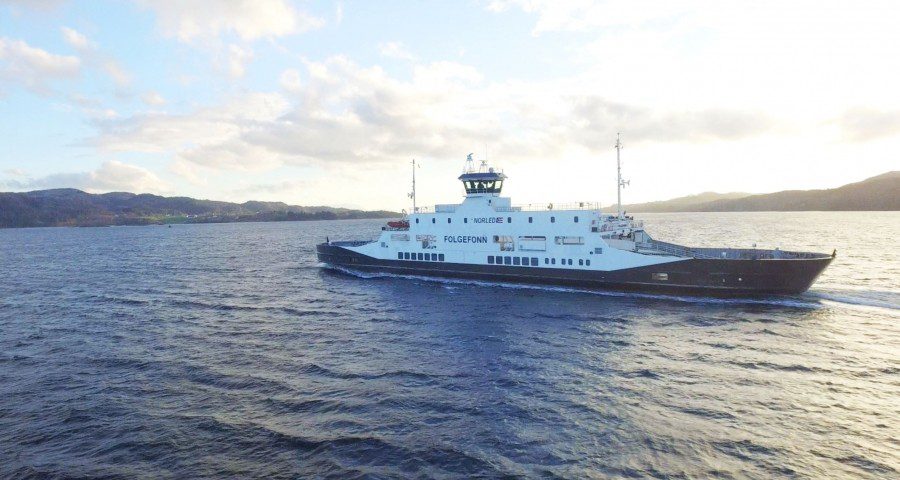Wärtsilä reports that it has successfully completed a further round of test procedures of its automated dock-to-dock solution, on the 85m ferry ‘Folgefonn’ owned by Norwegian operator Norled.
The system was tested in the presence of the Norwegian Maritime Authority (NMA) for full dock-to-dock capability, with autonomous operation being utilised uninterrupted for the entire route, visiting all three ports serviced by the ship.
“This represents a huge step forward in validating automated shipping solutions, and an important progression within our Smart Marine programme,” said Joonas Makkonen, vice president, voyage solutions, Wärtsilä.
“This emphasises once again Wärtsilä’s recognised position as the global technology leader in marine innovations. We continue to lead the way in developing the ‘intelligent’ products and systems needed to move the marine industry towards a new era of super-high efficiency, safety, and environmental sustainability.”
For the test, once the operator selected the next destination berth, operations commenced by simply selecting ‘Sail’, which authorises the autonomous controller to take control of the vessel.
The ferry then left the dock, manoeuvred out of the harbour, sailed to the next port of call, manoeuvred through the harbour entrance, and docked alongside the terminal – all without human intervention.
This is believed to be the first ever attempt at fully automated dock-to-dock operation, in complete hands-off mode, for a vessel of this size.
“We are pleased to cooperate with Wärtsilä in this exciting project. A fully autonomous dock-to-dock solution will provide us with considerable value-adding benefits in terms of better efficiency, greater safety, lower fuel consumption and, therefore, reduced exhaust emissions,” said Sigbjørn Myrvang, technical manager at Norled.
“We see the Wärtsilä solution as being a key support to the crew, enabling them to operate the vessel as effectively as possible.”
Navigation of the vessel is controlled through the use of a series of tracks and waypoints, which guide the ship to its next destination. The autonomous controller, which is based on Wärtsilä’s existing Dynamic Positioning system, controls the vessel’s speed, position on the pre-defined track, and heading.
GNSS is used as the primary sensor, while a Wärtsilä Guidance Marine CyScan AS system is being tested as a secondary position sensor for the approach to the berth.
“We were on site for three days as witnesses to these tests; the first full scale demonstration towards an autonomous operation of a vessel that we have seen. It was, to say the least, very impressive,” said Nils Haktor Bua, project manager at NMA.
“There is no doubt that such technology can eventually increase the safety and overall efficiency of the docking and undocking operations for ships. Of course, further development work is still ongoing, but I am impressed by how stable the system already is at this stage.”
Investment fund Innovation Norway has provided grants to both Wärtsilä and Norled for the testing of the auto-docking technology.






